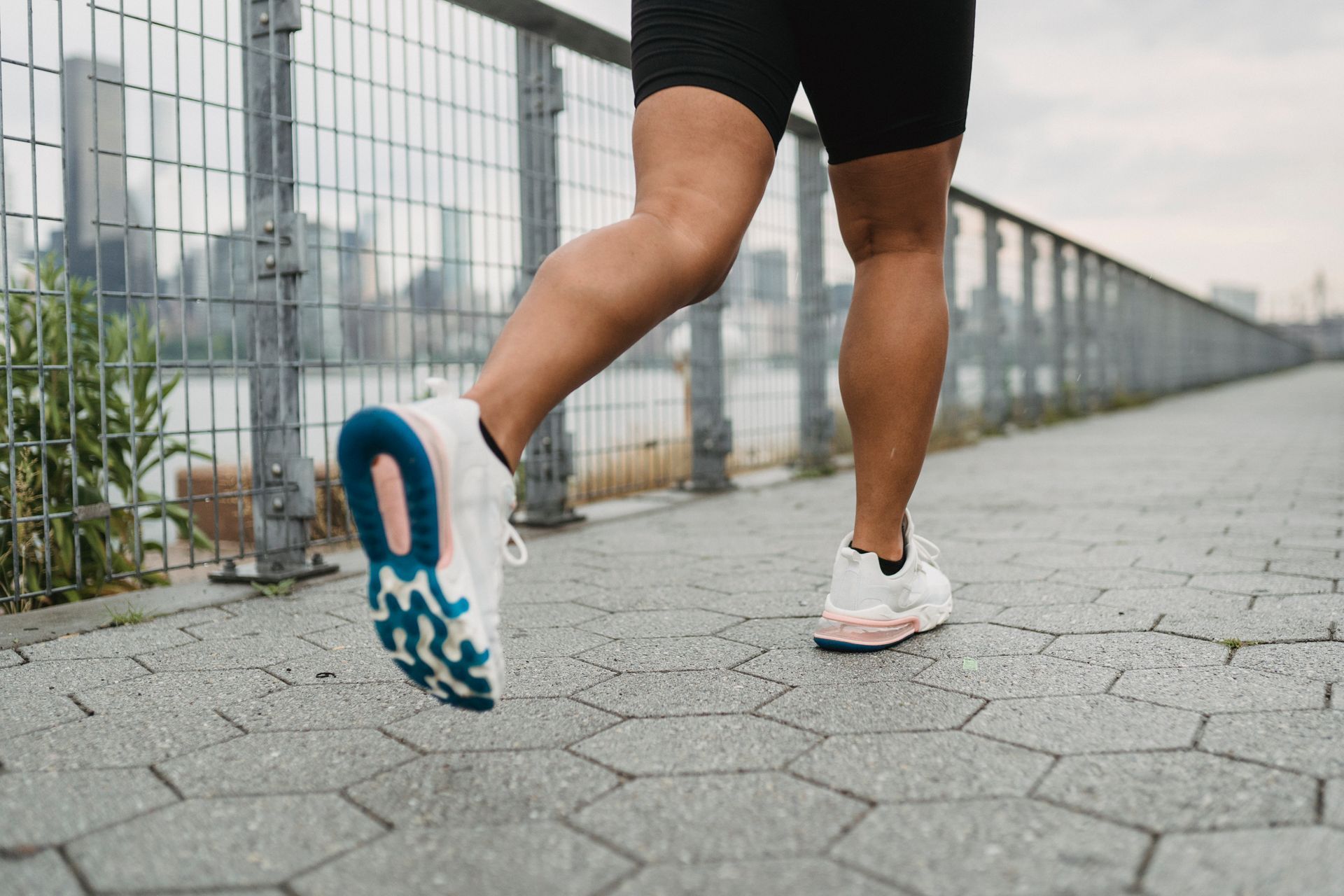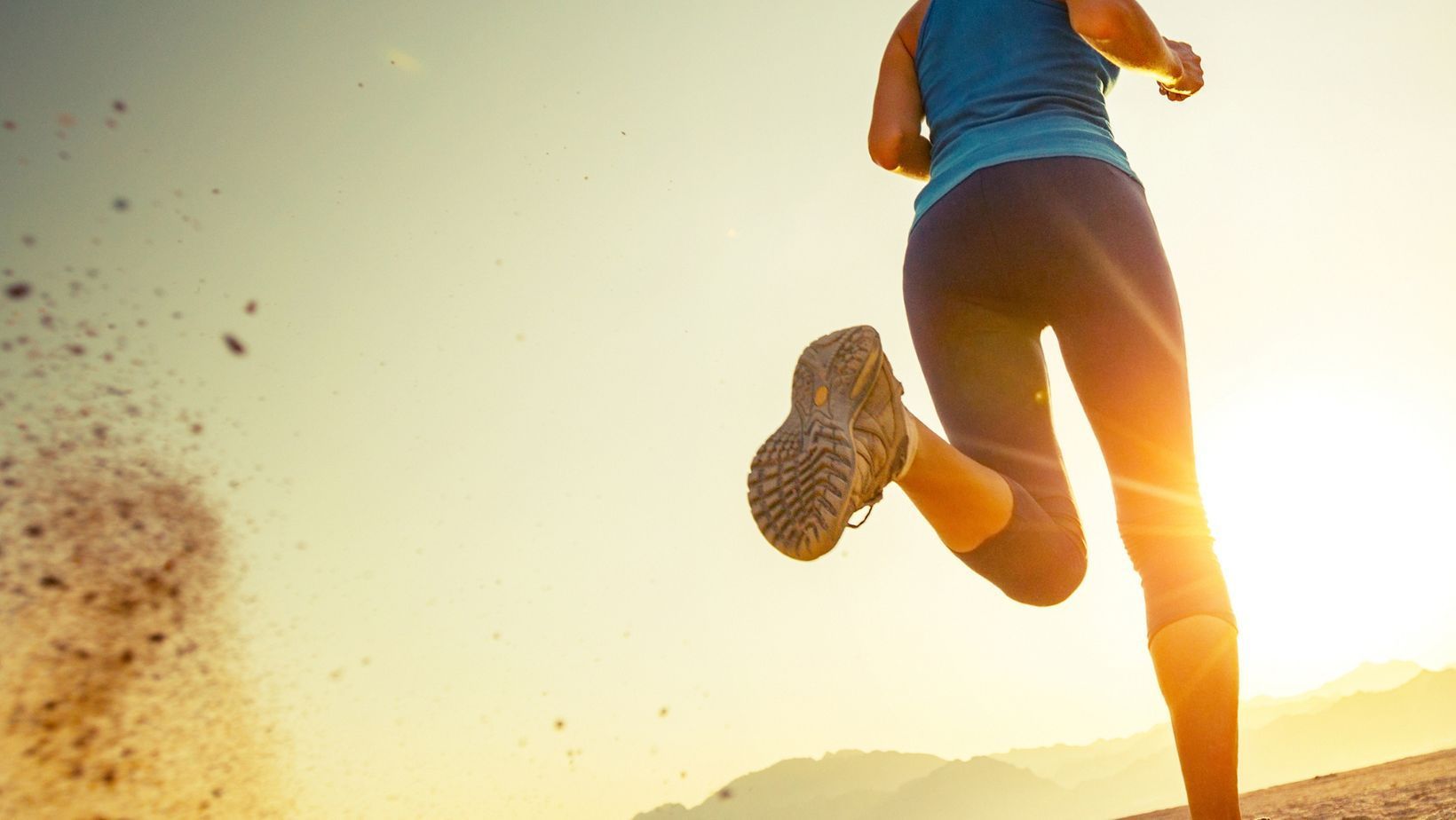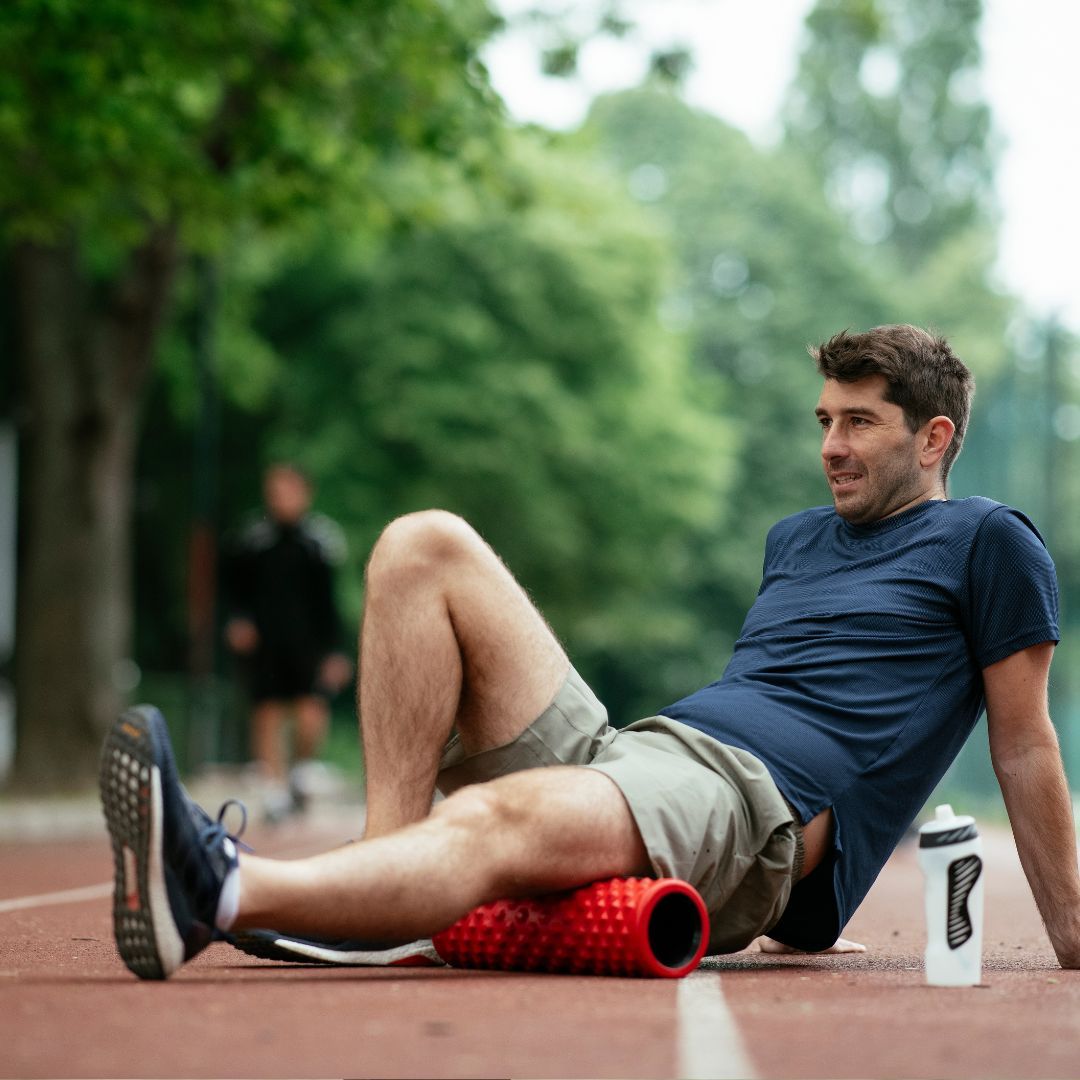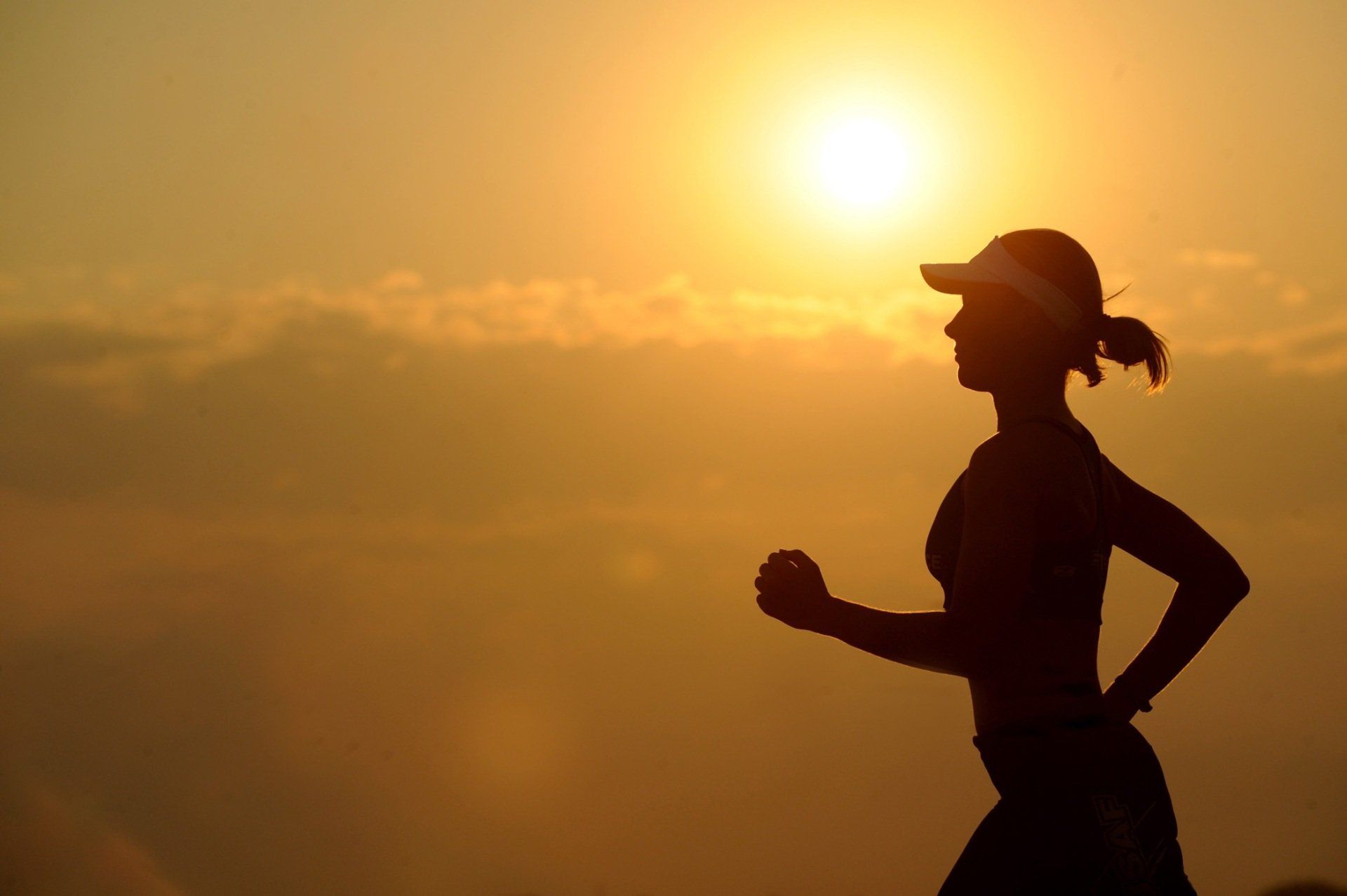What's the best way to approach hills when running and racing?
There is a big difference between running up a hill to running on the flat. You cannot run in the same manner uphill vs on the flat. I remember when I was racing in Switzerland, the first time I represented Australia at the World Long Distance Mountain Running Championships. I was running up a moderately steep hill and working hard. A man around 30 years my senior walked past me!! Yup that’s right! Mind you, he was what I would call ‘hiking with purpose’ but to all intents and purposes he was walking. And using half the energy I was. And looked a lot happier!! That was when I learnt a big lesson about walking vs running up a hill and why I train to walk fast.
When you get to a hill that you are definitely going to run up, you need to change your style. You cannot run up hill in the same fashion as on the flat. Shorten your stride and ‘pitter patter’ up the hill on the toes/midfoot, keeping the body relatively upright (leaning slightly forward from the ankles) and not bending over into the hill too much and thus closing the chest. Focus on the 20-50m in front of you, not on how long the hill is up ahead. Check occasionally to enable you to pace, but don’t keep looking up as this may be off-putting!! I find a cap helps with this!
If you decide to walk, do so with purpose. This is not a Sunday stroll as I like to say. It is a hike not a walk. You should still be working hard, just not red lining it like if you were running. There is no hard and fast rule as to when you should start to walk, the research says it is best to decide by how you feel. Push hard as you walk, sometimes even pushing down on your knee with both hands. I have noticed Europeans also like to walk with their hands behind their backs at times to mix up their positioning and to keep the chest open. Engage your glutes and use all your leg muscles. The decision to start running again is also feel-based. You will know when you are ready to run again. Then run, pitter-patter style until you are ready to walk again. This is the run-walk method.
If you are using poles, really use them! Push down on them and use them to help propel you up the hill. They are not there to just tap on the ground. You should feel your arms working when you use poles.
When you get to the top of the hill, it is definitely time to run! Some people walk over the crest, but you will pass them if you start to run as soon as you hit the crest. Then roll down the hill, not pushing so hard you blow out your quads. But that’s a whole other blog post!
Get out there and enjoy those hills!!












